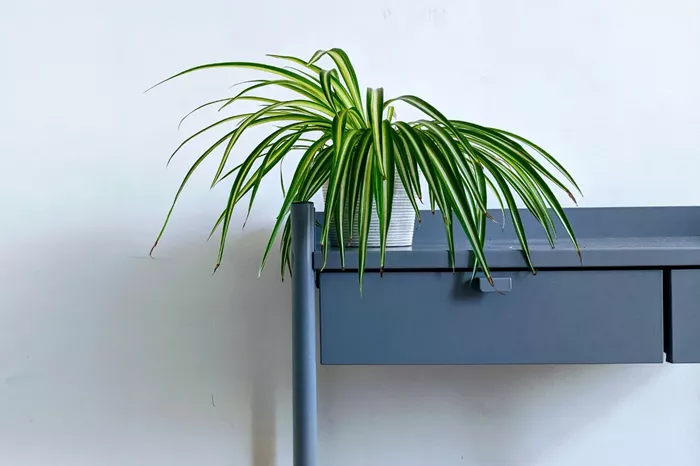The Rise of Houseplants: The Spider Plant as the Perfect Choice for New Gardeners.
In recent years, many people have turned to domestic hobbies like baking and gardening. However, not everyone grew up learning how to care for houseplants. Many new gardeners seek a “unicorn plant” that can thrive without needing to be transplanted, fertilized, or watered. While no such plant exists, the spider plant comes close.
Easy Care for Spider Plants
Keeping a spider plant alive is easier than you might think. Ideally, you should create the right conditions for it to thrive. However, the good news is that Chlorophytum comosum—commonly known as spider ivy, airplane plant, ribbon plant, or hen and chickens—can survive neglect. Whether you are busy or away on vacation, it can still do well. According to the Royal Horticultural Society, “Spider plants are among the easiest houseplants to grow, producing attractive striped foliage and thriving in various indoor locations.”
Resilience Rooted in Origin
The spider plant’s ability to withstand neglect comes from its origins in southern Africa, where it adapted to periods of drought. Its root system features thick, fleshy rhizomes that store water, helping it survive both dry spells and inconsistent watering.
If you live in a climate similar to southern Africa, the spider plant can thrive outdoors. However, it is most appreciated as a houseplant due to its hardiness. With minimal care, you can keep it healthy.
Spider Plant Care Basics
Light: Spider plants prefer bright, indirect light but can tolerate low-light conditions. However, too much direct sunlight can burn the leaves.
Water: These plants need a moderate amount of water. Keep the soil slightly moist but not soggy. According to the Royal Horticultural Society, “Spider plants can tolerate some over- and underwatering, but they dislike standing in water.” Always drain any excess water after watering.
Temperature: Spider plants thrive in temperatures between 18 and 24 degrees Celsius. They can survive higher temperatures but do not fare well in extreme cold. Bring them indoors if frost is expected.
Humidity: Spider plants prefer moderate humidity. If the air is too dry, they can develop brown spots, which can be prevented by occasional misting.
Soil: These plants are not picky about soil type and require little fertilizer. However, they prefer light, aerated soils. Good drainage is essential to prevent waterlogging.
Propagation Made Simple
Another reason spider plants are popular among novice gardeners is their easy propagation. They produce numerous plantlets on long, thin stems, resembling dangling spiders, which is how they got their name. When an offset has roots about 2.5 centimeters long, you can place it in moist peat-free compost or water to help the roots develop further.
Related topics:
- Top Winter Bedding Plants to Brighten Your Garden
- Best Plants to Grow in October
- 4 Essential Steps to Take After Growing Your First Outdoor Pot Plant


